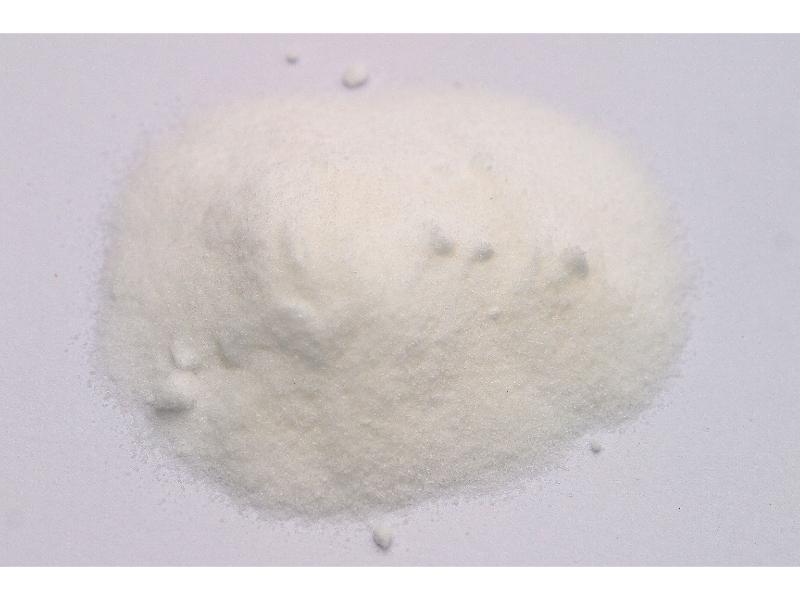Search in medicinals
Natrii Sulfas
Mirabilite
芒硝 〔芒硝〕 máng xiāo

Alternate English names: Glauber’s salt
Alternate Chinese names: 盆消 pén xiāo; 芒消 máng xiāo
Kingdom: Mineral
Origin in PRC Pharmacopoeia: Máng xiāo is a mineral salt consisting mainly of sodium sulfate decahydrate (Na₂SO₄·10H₂O). (PRC Pharmacopoeia)
Use: Medicinal
Category: Draining-precipitation agents / Offensive precipitant agents
Properties: Bitter, salty; cold.
Channel entry: Stomach and large intestine channels.
Actions and indications:
- Drains and precipitates; softens hardness: Repletion heat patterns of
accumulation and stagnation with dry bound stool. - Clears heat: Sore throat;
mouth sores ; red eyes; swelling and pain of welling-abscesses andsore s. - Modern applications: Máng xiāo has recently been used clinically to treat cholelithiasis with abdominal pain and constipation.
Dosage and method: Oral: 10–15g, usually dissolved into the strained decoction or dissolved in water. Eye drops are made with refined mirabilite.
Warnings: Contraindicated in pregnancy and while breastfeeding.
Product description: Mirabilite is an odorless substance with a high Na₂SO₄·10H₂O content that takes the form of brittle lumps of straight-ended prismatic or rectangular white crystals. There are two basic forms, Pò xiāo (朴硝 Natrii Sulfas Non-Purus, impure mirabilite) and Máng xiāo (芒硝 Natrii Sulfas , mirabilite), the former being the product of an initial crystallization after boiling crude mirabilite in water, and the latter yielded by a second crystallization after boiling impure mirabilite with radish. By another method, mirabilite is the spiky (máng 芒) surface layer, while impure mirabilite is the under layer of crystal yielded by a single crystallization. Pò xiāo, though not always clearly distinguished by suppliers, has a harsher draining precipitant action than máng xiāo. Xuán míng fěn (玄明粉 Natrii Sulfas Exsiccatus, refined mirabilite) is mirabilite either heated in a container placed in boiling water until desiccated and white, or hung wrapped in paper in the wind, the latter form being called Xuán míng fěn (玄明粉 Natrii Sulfas Exsiccatus, refined mirabilite). Xuán míng fěn has a milder precipitant action, but being purer, is more suitable for topcial application to the eye and oral cavity.
Production area: Héběi, Hénán, Shāndōng.
Etymology: Máng xiāo 芒硝 is so named because the spiky (máng 芒) formation of the crystals, and perhaps because it dissolves (xiāo 消) in water.
Back to search result Previous Next